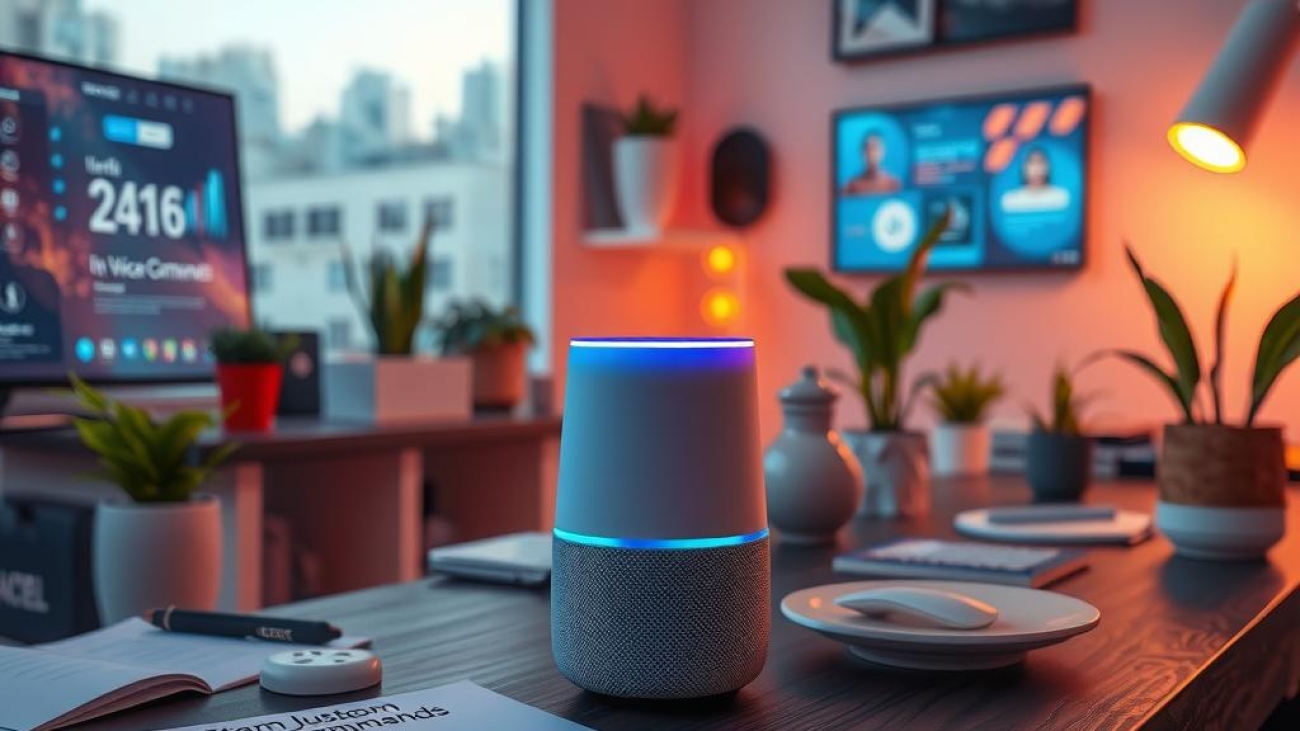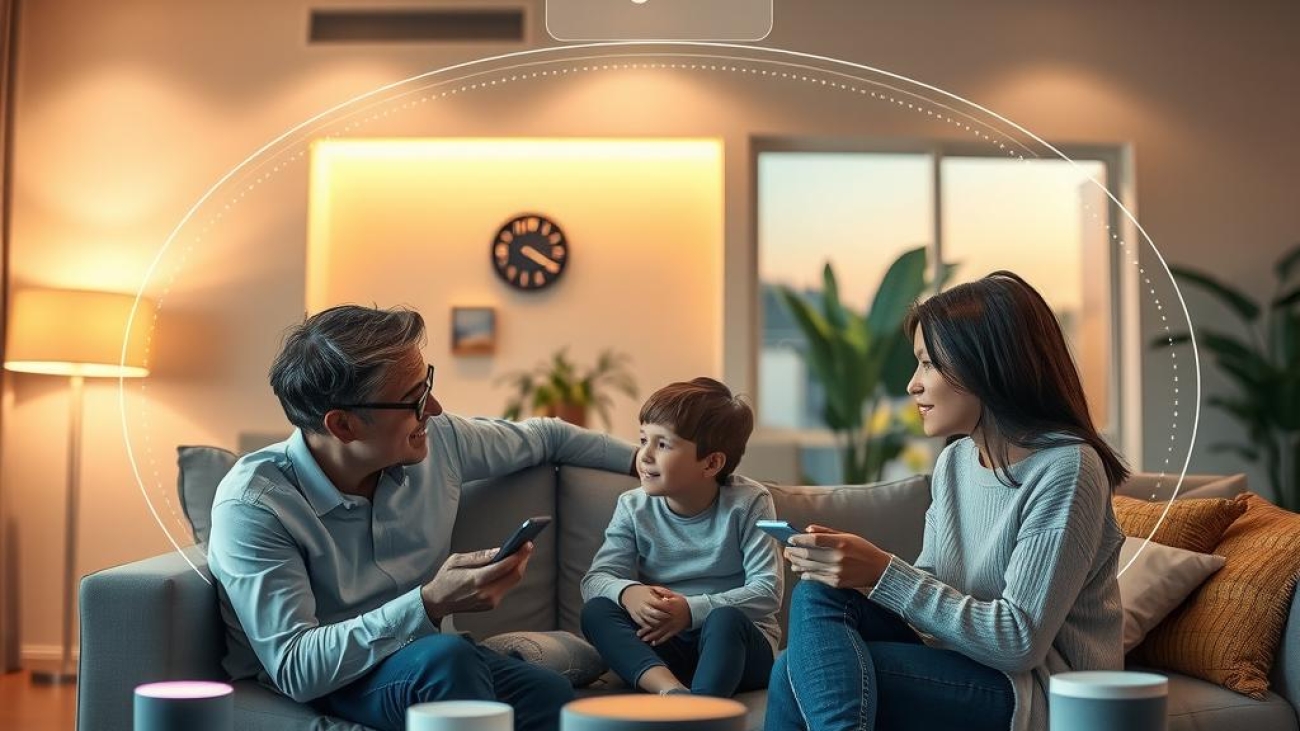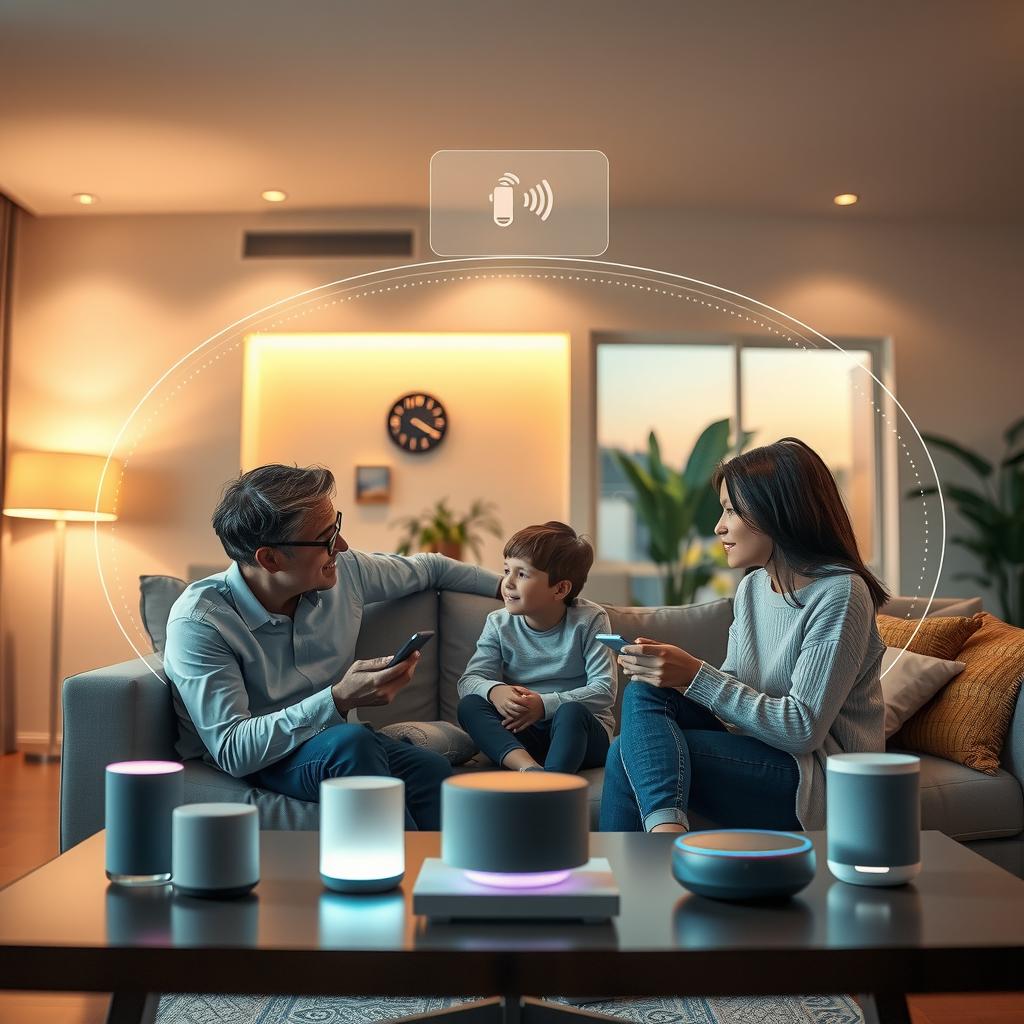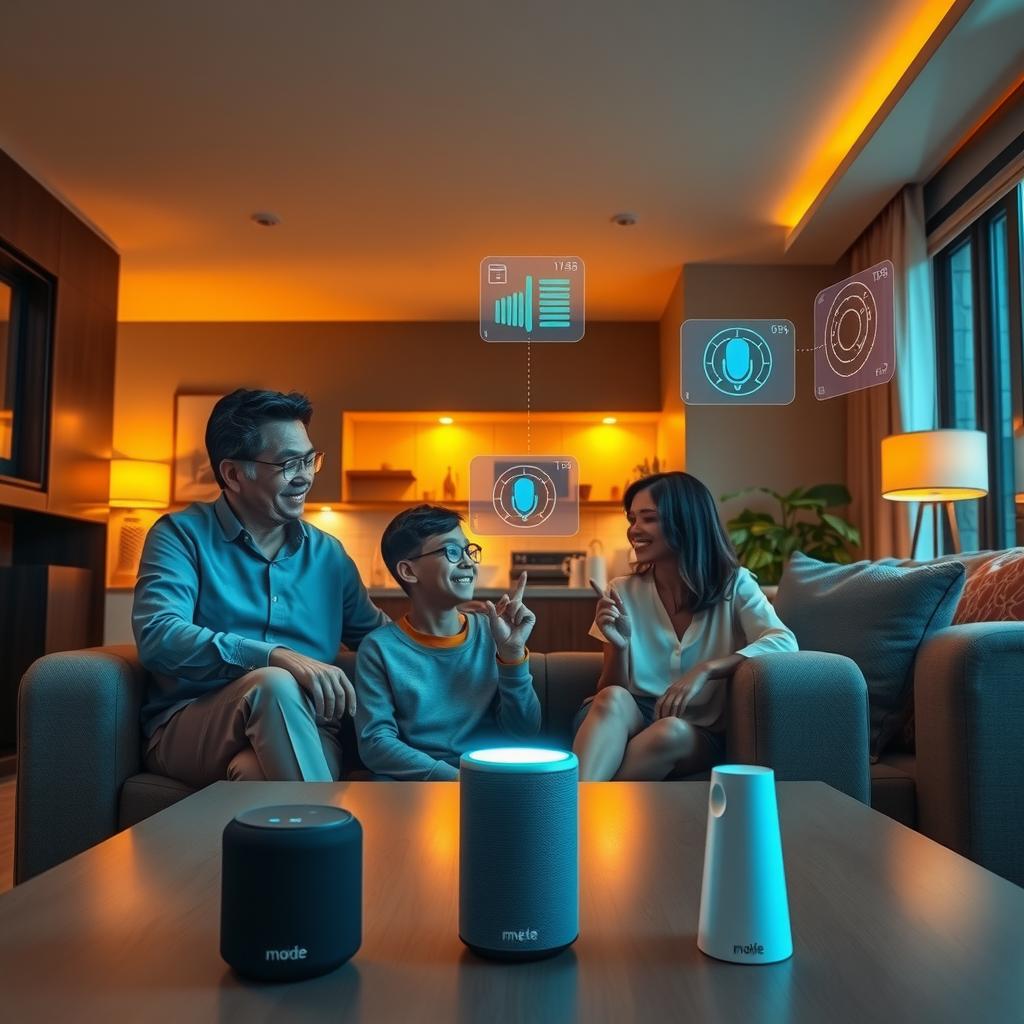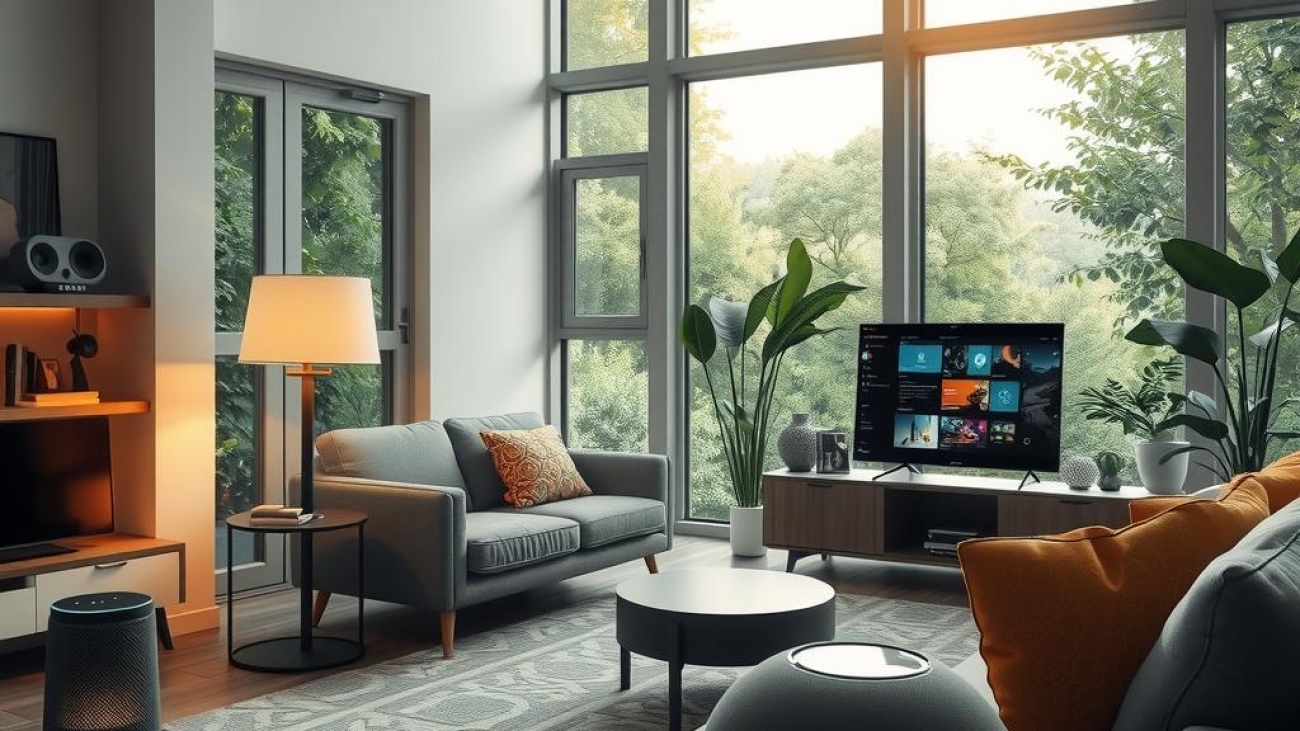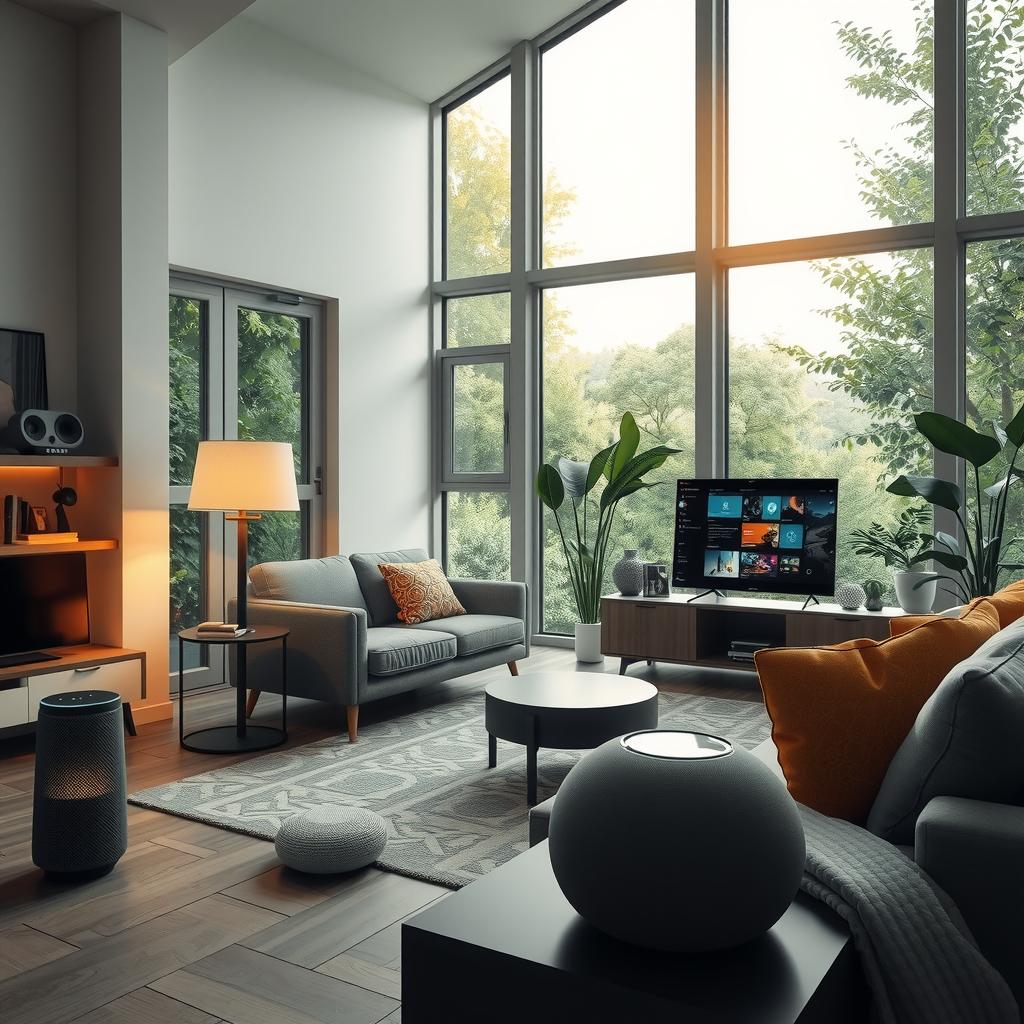In an era where technology seamlessly integrates into daily life, the demand for intuitive user interaction has never been greater. Virtual assistants have become indispensable tools, aiding individuals in managing tasks and enhancing productivity. However, despite their advancements, many users still find themselves limited by predefined voice commands that often fail to address specific needs or preferences. This limitation raises a pertinent question: how can users elevate their experience with virtual assistants? Enter Custom voice command creation—a groundbreaking solution that allows individuals to craft personalized commands tailored to their unique requirements.
The core value of this innovative approach lies in its ability to empower users through enhanced voice control capabilities. With custom voice command creation, virtual assistants transition from generic helpers to personalized AI solutions that truly understand and anticipate individual user behavior. Imagine being able to instruct your assistant with phrases that resonate more closely with your daily routines or utilizing automation tools designed specifically around your lifestyle rather than relying on one-size-fits-all presets. This not only streamlines tasks but also enriches the overall interaction between humans and machines.
As the digital landscape evolves, so too do expectations for customized interactions. The potential of custom voice command creation offers readers insight into harnessing this power effectively within their own lives—transforming routine engagements into seamless experiences filled with efficiency and convenience. By delving deeper into this topic, readers will uncover strategies for implementing these personalized commands within existing frameworks of popular virtual assistants.
This article aims not only to explore the intricacies of crafting these bespoke commands but also highlights how they can significantly enhance user satisfaction while interacting with technology. As we navigate through various techniques and examples of successful implementations, it becomes evident that embracing such innovations is crucial for anyone looking to leverage AI’s full potential in everyday scenarios.
Join us as we unravel the transformative journey towards creating effective custom voice commands—a step toward revolutionizing how people interact with their virtual companions!
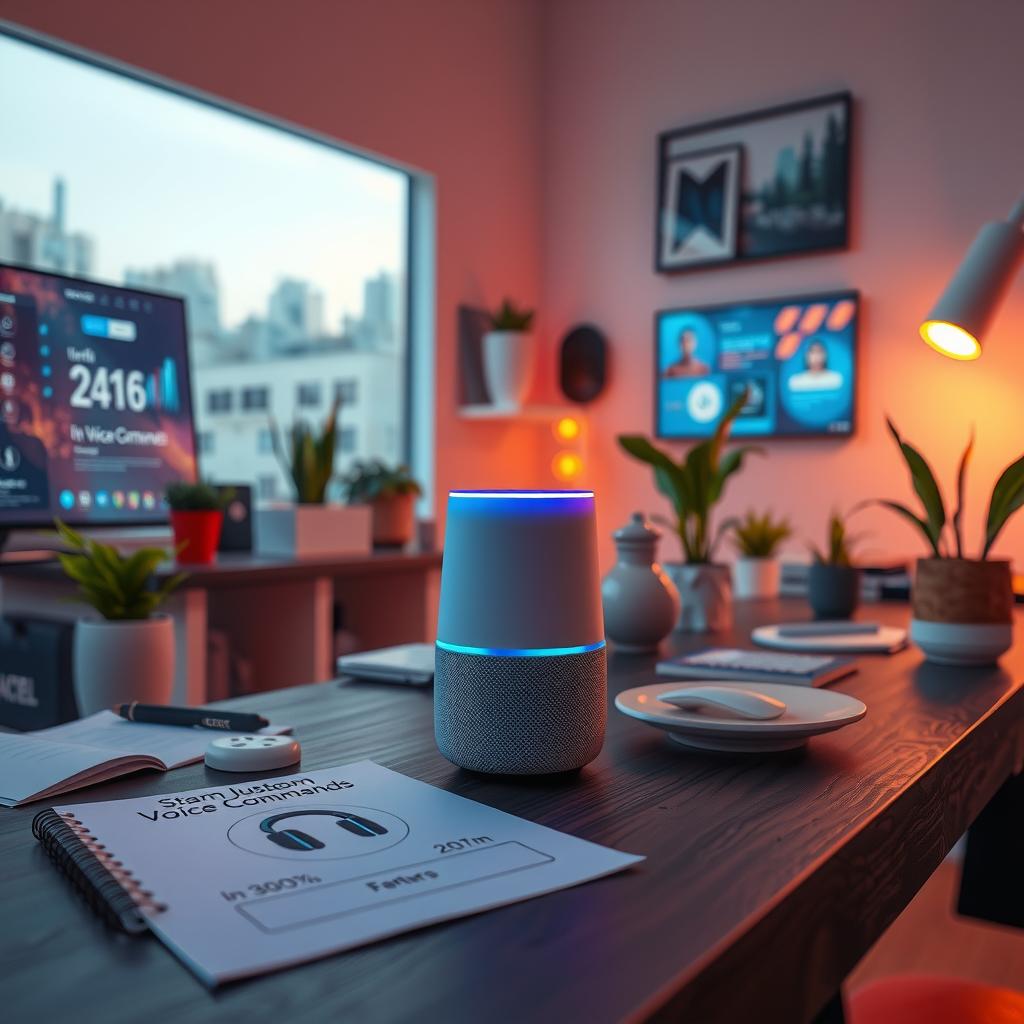
Essential Insights:
-
Enhancing User Experience through Customization: In the continually evolving landscape of virtual assistants, Custom voice command creation has emerged as a crucial tool for improving user interaction. By allowing individuals to design personalized commands that reflect their unique preferences, this innovation transforms how users engage with technology. Instead of relying solely on standard commands, users can now create bespoke interactions such as “Start my evening wind-down” or “Give me today’s weather update,” making daily tasks more seamless and enjoyable.
-
Streamlining Daily Tasks via Personalized Commands: The integration of Custom voice command creation into daily routines offers significant advantages in productivity and efficiency. As people increasingly depend on virtual assistants for various activities—from managing schedules to controlling smart home devices—having the ability to tailor commands enhances convenience. For example, instead of saying generic phrases like “Set a timer,” one could implement a custom command such as “Time my pasta.” This level of personalization not only saves time but also fosters a deeper connection between human intent and machine response.
-
Empowering Engagement with AI Solutions: As technology advances rapidly, the demand for enhanced engagement with AI solutions becomes paramount. Utilizing Custom voice command creation, users are empowered to redefine their interactions with virtual assistants by crafting specific commands suited to their lifestyles. This approach not only promotes greater satisfaction but also encourages exploration within digital environments—leading individuals to discover new automation tools tailored precisely for them. The result is an enriched experience where everyday processes become intuitive and aligned perfectly with personal needs, ultimately redefining modern communication methods through intelligent customization.
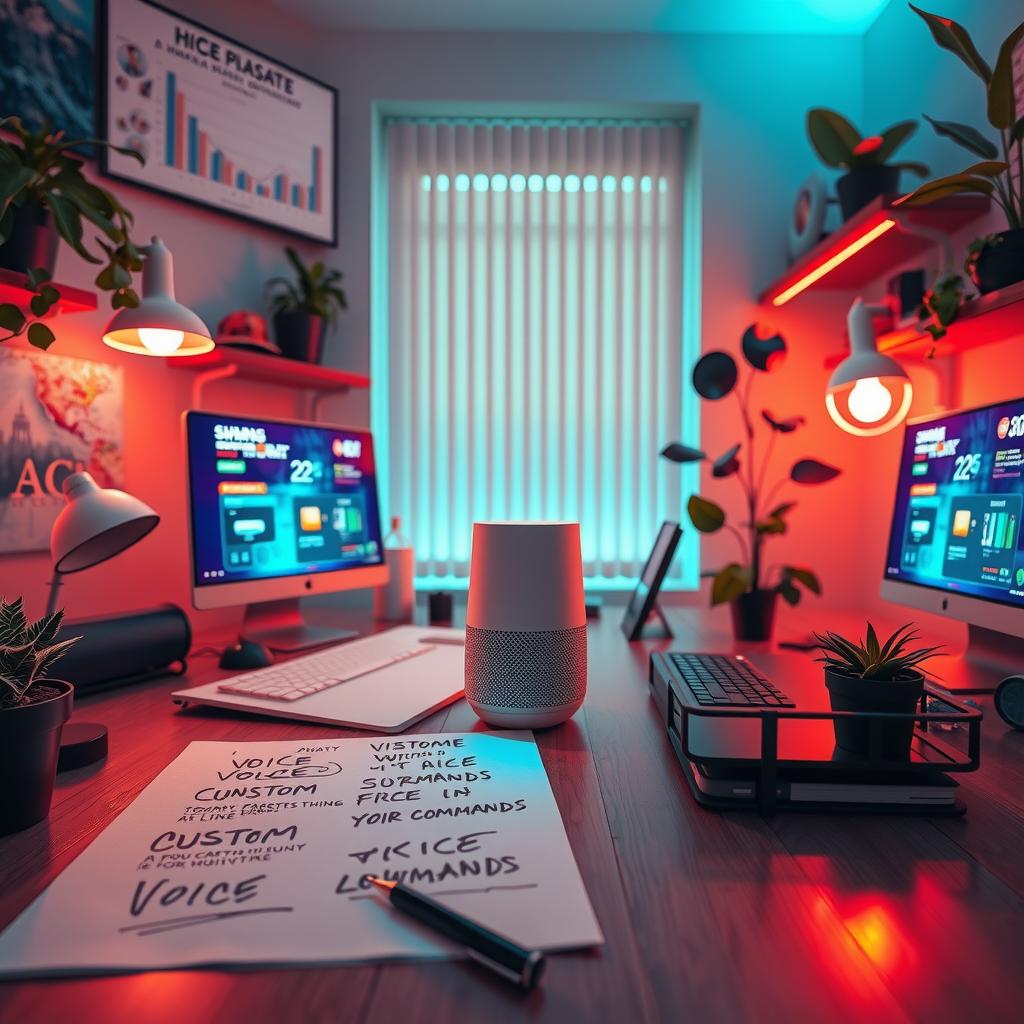
The Evolution of User Experience with Custom Voice Commands
Personalization in a Digital Age
In today’s tech-driven world, the interaction between humans and machines has become increasingly sophisticated, necessitating the rise of custom voice command creation. Virtual assistants have transitioned from mere response systems to essential tools for enhancing user experience through personalized commands tailored to individual preferences. This evolution is critical as users seek deeper engagement with their devices; they desire interactions that feel intuitive and aligned with their unique lifestyles. With advancements in AI solutions, these virtual assistants can now learn from user behavior, allowing them to adapt and respond more effectively over time. For instance, when users incorporate specific phrases or requests into their daily routines using voice control, they not only streamline tasks but also foster a sense of ownership over their technology—transforming passive usage into an interactive partnership.
Enhancing Accessibility Through Tailored Interactions
Bridging Gaps in Communication
The need for personalized commands becomes particularly evident when considering accessibility challenges faced by diverse populations. Individuals with disabilities often find standard voice commands inadequate for addressing their unique needs. By employing custom voice command creation, developers can harness automation tools that allow users to configure responses based on specific requirements or preferences. This level of customization empowers individuals who may struggle with conventional interactions to engage seamlessly with technology—creating an inclusive environment where everyone can benefit from smart technologies. Enhanced accessibility not only improves daily living but also encourages broader adoption of virtual assistant capabilities across various demographics.
Driving Efficiency Beyond Standard Features
Embracing Productivity Through Personalization
Customizing voice interactions goes beyond merely catering to personal tastes; it fundamentally transforms how people manage tasks and optimize productivity within both professional and personal spheres. With the help of custom voice commands, users are capable of automating repetitive actions or creating detailed workflows dictated by natural spoken language rather than relying solely on traditional interfaces or manual inputs. As work environments evolve towards remote operations and digital collaboration tools grow in prominence, utilizing effective AI solutions like tailored virtual assistant functions becomes paramount for efficiency gains. Users who harness these innovations report significant improvements in task management processes—enabling them to focus on higher-level responsibilities while routine activities are handled autonomously via customized vocal instructions.
Future Perspectives: A Shift Towards Intuitive Interaction
Redefining Relationships Between Users And Technology
Looking ahead, the trajectory of custom voice command integration promises exciting possibilities as machine learning continues its rapid advancement alongside AI development efforts aimed at improving user interaction quality further still. The potential lies not just within enhanced functionalities but rather within redefining relationships between individuals and technological systems through personalization strategies made feasible by innovative approaches such as custom voice command creation techniques pioneered today’s leading-edge companies operating at this intersection point where human-centric design meets state-of-the-art programming capabilities melded together harmoniously reflecting contemporary social dynamics driven primarily by convenience-seeking behaviors prevalent among modern consumers everywhere globally around us shaping our realities continually reshaping future expectations surrounding how we communicate interactively engaging intuitively effortlessly navigating complex landscapes filled opportunities waiting just beneath surface-level perceptions inviting exploration discovery excitement unlocking new realms possibility unimaginable before now taking shape right before very eyes!
Understanding Custom Voice Command Creation
Enhancing User Experience with Tailored Commands
Custom voice command creation plays a pivotal role in enhancing user experience by allowing individuals to interact seamlessly with their devices. These personalized commands enable users to execute tasks more intuitively and efficiently, especially when utilizing virtual assistants. By tailoring voice commands to fit specific needs or preferences, users can streamline daily activities such as setting reminders, controlling smart home devices, or retrieving information quickly without navigating through cumbersome menus. This adaptability not only saves time but also reduces frustration associated with traditional interaction methods.
The Role of AI Solutions in Personalization
Artificial Intelligence (AI) solutions are at the forefront of developing custom voice command systems that cater specifically to user behaviors and preferences. Through machine learning algorithms and natural language processing, these systems learn from individual interactions over time, refining their responses and understanding contextual nuances. As a result, users benefit from an increasingly responsive interface that feels almost intuitive; for instance, someone may create a command like “Good morning” which could trigger a series of actions including turning on lights, providing weather updates, and reading out the day’s schedule. Such automation tools significantly enhance user interaction by creating environments that feel personalized rather than generic.
Applications Across Various Industries
The applications of custom voice command creation extend far beyond personal use; they permeate various industries including healthcare, education, and customer service. In healthcare settings where hands-free operation is crucial due to hygiene concerns or physical constraints during procedures, medical professionals can rely on tailored commands for managing records or accessing patient data swiftly while maintaining focus on care delivery. Similarly in educational environments where interactive learning is essential—students may utilize customized commands to navigate e-learning platforms effectively—creating a more engaging experience overall.
Streamlining Business Operations Through Automation
For businesses striving toward efficiency in operations management, integrating custom voice commands into workflows represents a significant leap forward in productivity enhancement strategies. Employees can leverage these tailored vocal instructions for quick access to frequently used software functions such as generating reports or scheduling meetings without manual inputting details each time—a process prone to errors or delays if done manually. Furthermore using voice control facilitates multitasking capabilities; staff members can engage fully with customers while simultaneously updating databases simply through verbal prompts—enhancing overall service quality.
Building Connections Between Users and Technology
As technology continues evolving rapidly alongside consumer demands for more accessible interfaces—the importance of establishing connections between users and technology cannot be understated—the implementation of custom voice control mechanisms serves this need perfectly well! By enabling individuals from diverse backgrounds—including those who might struggle with conventional computing methods—to engage effortlessly via spoken dialogue fosters inclusivity within digital spaces dramatically transforming how people relate not only towards machines but also amongst themselves during collaborative efforts powered by innovative AI-driven assistance frameworks!
Future Prospects: Expanding Capabilities
Looking ahead at future prospects surrounding custom voice command creation, one anticipates further advancements leading towards even greater functionality across numerous domains! The advents around 5G connectivity promise lightning-fast responses paving avenues ripe for exploration regarding multi-modal interactions blending speech recognition seamlessly interfacing visual elements too! Thus ushering forth possibilities wherein everyday tasks become transformed entirely through enhanced engagement levels resulting ultimately fostering enriched experiences aligning technologically driven societies closer together than ever before envisioned possible previously!
Step-by-Step Guide to Creating Your Unique Voice Commands
Tailoring Custom Voice Commands for Personal Efficiency
In today’s fast-paced world, the ability to automate tasks through custom voice command creation has become an essential skill for enhancing productivity. By leveraging virtual assistants equipped with advanced AI solutions, users can design personalized commands that align seamlessly with their individual lifestyles. To embark on this journey, one must first identify specific routines or tasks that could benefit from automation. For instance, consider daily activities such as setting reminders or managing smart home devices; these actions can be streamlined using effective voice control strategies. When crafting a custom voice command, clarity is paramount—commands should be concise and intuitively understood by the virtual assistant.
Next, users should explore examples of successful custom commands to inspire their own creations. A typical example might be “Turn off all lights,” which directly communicates the desired action while minimizing ambiguity. Similarly, integrating playful or memorable phrases can enhance user interaction and make the experience enjoyable rather than mechanical. Additionally, it’s beneficial to test various phrasings during the development phase of your custom voice command, ensuring that they are recognized accurately by your chosen device.
Moreover, utilizing automation tools effectively involves understanding how different platforms interpret commands; this knowledge allows for better customization tailored specifically to one’s environment or preferences. Users may find it useful to create a table listing common tasks alongside corresponding voice commands they wish to implement; this visual aid serves as both organization and inspiration in refining their approach.
As individuals experiment with different configurations of their personalized commands, they often uncover new functionalities within their virtual assistants that were previously overlooked. This discovery process highlights not only the adaptability of technology but also encourages deeper engagement with AI solutions designed for everyday life.
Ultimately, creating unique voice commands empowers users by transforming mundane interactions into seamless experiences filled with efficiency and ease—a true reflection of modern living where personalization reigns supreme in driving user satisfaction through innovative technologies like custom voice command systems.
Creating unique voice commands for your virtual assistant can significantly enhance user interaction while making daily tasks more enjoyable and efficient. Custom voice command creation empowers users to design personalized commands that reflect their specific needs and preferences, moving beyond the limitations of standard interactions. By utilizing this innovative feature, individuals can streamline their routines and create a digital environment that resonates with their lifestyle.
One of the primary benefits of custom voice command creation is its capacity to transform mundane activities into seamless automation tools. For instance, by programming a command like “Start my morning routine,” users can activate multiple functions—turning on lights, playing music, or even adjusting thermostats—all in one go. This level of personalization not only increases efficiency but also enhances user satisfaction with virtual assistants as they align closely with individual habits and preferences.
Moreover, incorporating custom voice commands allows users to develop a deeper connection with AI solutions. Instead of relying solely on generic phrases or instructions provided by the technology itself, personalization fosters a sense of ownership over the interaction process. Users can craft engaging commands in their own words such as “Let’s unwind” for activating relaxation modes or “Focus time” for minimizing distractions during work hours. Such tailored engagement demonstrates how custom voice command creation elevates both convenience and enjoyment within everyday tech usage.
FAQ:
Q: How do I create custom voice commands?
A: You can typically create custom voice commands through your virtual assistant’s settings menu under customization options; follow prompts to set up personalized phrases linked to desired actions.
Q: Can I use any phrase I want?
A: Yes! The beauty of custom voice command creation lies in its flexibility—users are encouraged to use phrases that feel natural and intuitive for them.
Q: Will these customizations work across all devices?
A: It depends on the platform; ensure your devices support voice control features compatible with AI solutions you intend to customize for an optimal experience.
